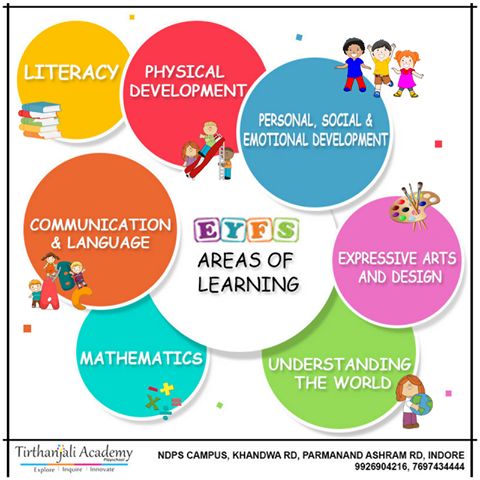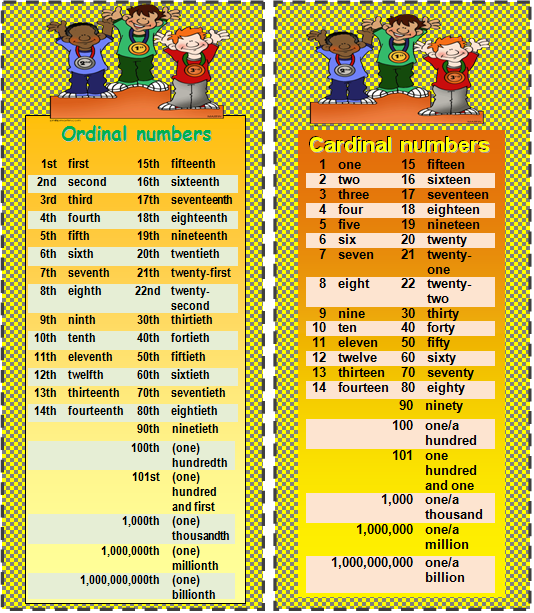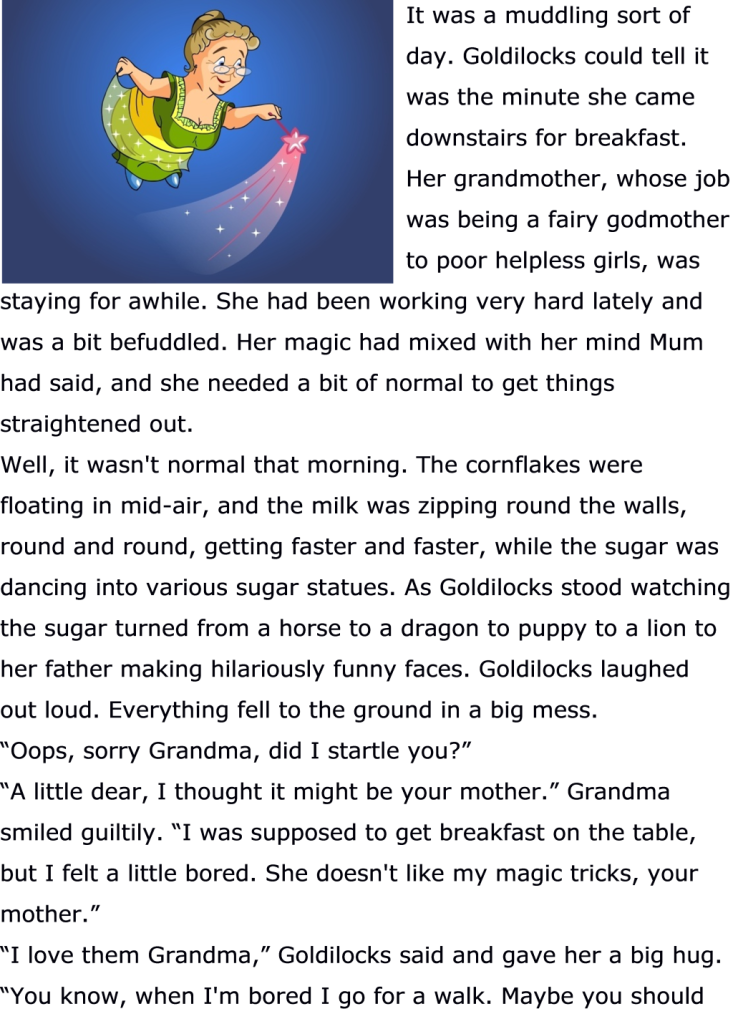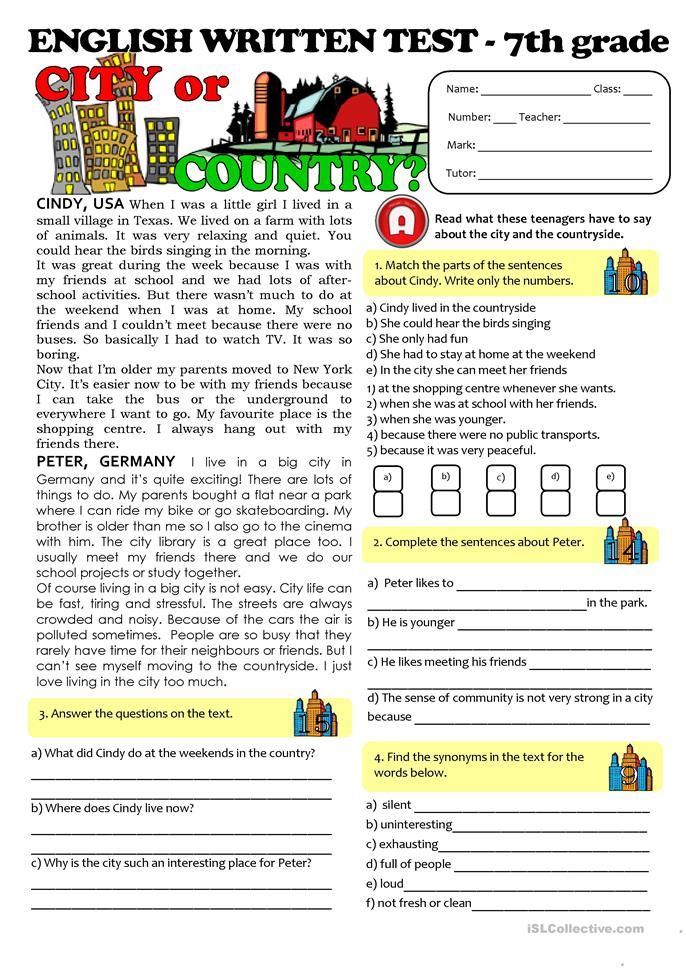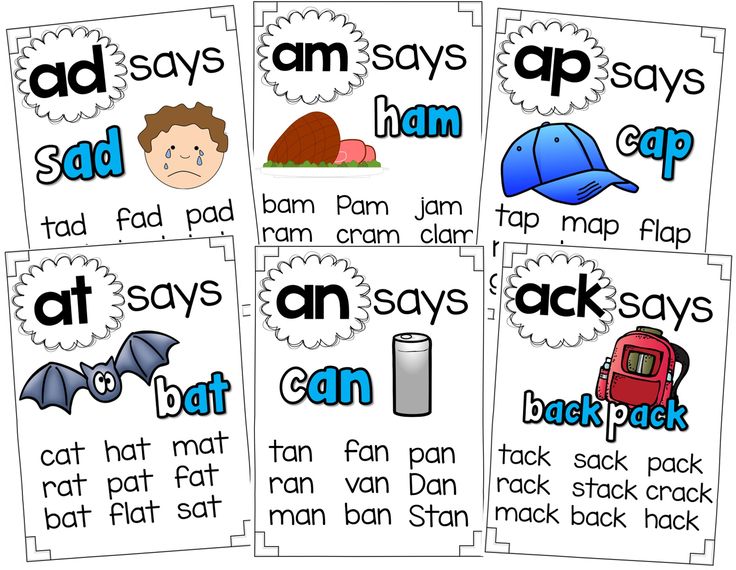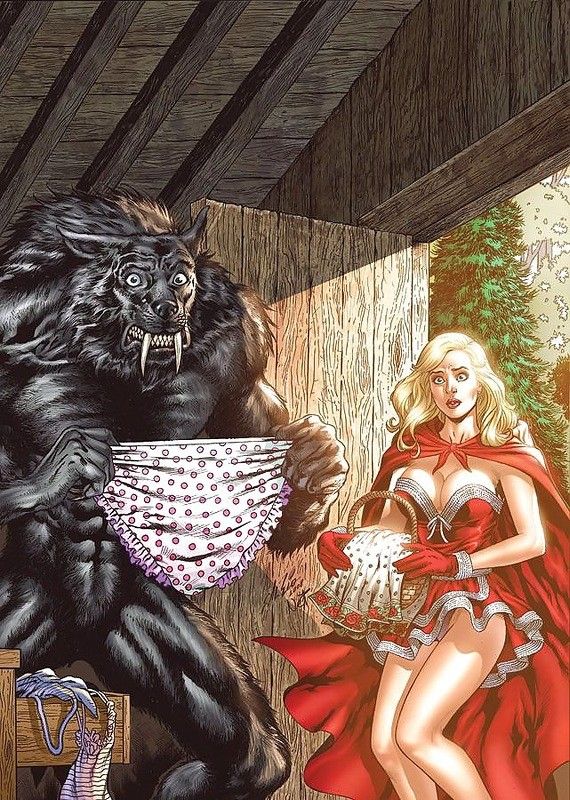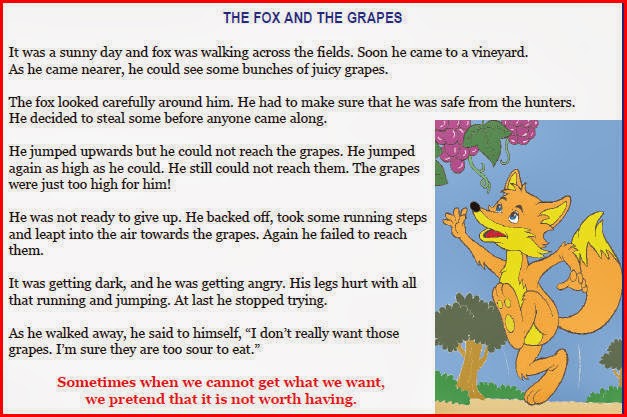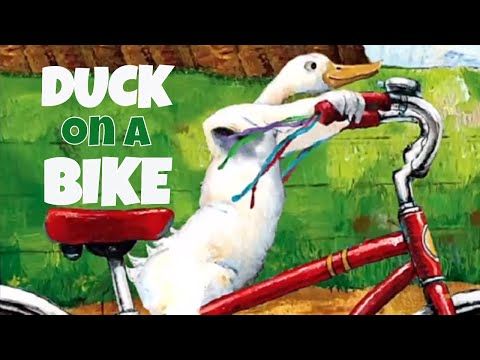Story of folktales
All folktales - stories for children from around the world!
Please note: this page is old! It doesn't contain all books listed on World of Tales. The new page is here. You can still use this one if you like it more.
African folktales
1. Why the sun and the moon live in the sky
2. The leopard man
3. The two friends
4. The red and blue coat
5. The grasshopper and the toad
6. The man who never lied
7. Clever Jackal Gets Away
8. Why the Warthog Goes About on His Knees
9. Lion and Jackal
10. Why The Cheetah's Cheeks Are Stained
Asian folktales
1. The beggar and the miser
2. The monk and the student
3. The herb ”mega”
4. Loawnu the Wise Woman
5. Wang the Peddler
6. The Four Dragons
Notes: This book holds some of the folktales form the Arabian Nights Entertainments. Selected and edited by Andrew Lang, these folktales are slmplified and shortened, making them more suitable for children.
Author: Anonymous
Editor: Andrew Lang
Published: 1918
Publisher: Longmans, Green and Co
The Arabian Nights
The Story of the Merchant and the Genius
The Story of the First Old Man and of the Hind
The Story of the Second Old Man, and of the Two Black Dogs
The Story of the Fisherman
The Story of the Greek King and the Physician Douban
The Story of the Husband and the Parrot
The Story of the Vizir Who Was Punished
The Story of the Young King of the Black Isles
The Story of the Three Calenders, Sons of Kings, and of Five Ladies of Bagdad
The Story of the First Calender, Son of a King
The Story of the Second Calender, Son of a King
The Story of the Envious Man and of Him Who Was Envied
The Story of the Third Calender, Son of a King
The Seven Voyages of Sindbad the Sailor
First Voyage
Second Voyage
Third Voyage
Fourth Voyage
Fifth Voyage
Sixth Voyage
Seventh and Last Voyage
The Little Hunchback
The Story of the Barber's Fifth Brother
The Story of the Barber's Sixth Brother
The Adventures of Prince Camaralzaman and the Princess Badoura
Noureddin and the Fair Persian
Aladdin and the Wonderful Lamp
The Adventures of Haroun-al-Raschid, Caliph of Bagdad
The Story of the Blind Baba-Abdalla
The Story of Sidi-Nouman
The Story of Ali Colia, Merchant of Bagdad
The Enchanted Horse
The Story of Two Sisters Who Were Jealous of Their Younger Sister
Chinese Folk-lore TalesFeatures 11 Chinese folktales Author: Rev. |
1.The widow Ho - Chinese folktale
2.Kwang-Jui And The God Of The River - Chinese folktale
3.The Beautiful Daughter Of Liu-Kung - Chinese folktale
4.The Fairy Bonze - Chinese folktale
5.The Mysterious Buddhist Robe - Chinese folktale
6.The Vengence Of The Goddess - Chinese folktale
7.The Wonderful Man - Chinese folktale
8.The God Of The City - Chinese folktale
9.The Tragedy Of The Yin Family - Chinese folktale
10.Sam-Chung And The Water Demon - Chinese folktale
11.The Reward Of A Benevolent Life - Chinese folktale
A Chinese Wonder Book - Read 15 Chinese folktalesAuthor: Norman Hinsdale Pitman |
1.The Golden Beetle or Why the Dog Hates the Cat
2.The Great Bell
3.The Strange Tale of Doctor Dog
4.How Footbinding Started
5.The Talking Fish
6.Bamboo and the Turtle
7.The Mad Goose and the Tiger Forest
8.The Nodding Tiger
9.The Princess Kwan-Yin
10.The Two Jugglers
11.The Phantom Vessel
12.The Wooden Tablet
13.The Golden Nugget
14.The Man Who Would Not Scold
15.Lu-San, Daughter of Heaven
Indian fairy tales
Notes: Selected and edited by Joseph Jacobs, the book holds 29 Indian folktales.
Author: Various
Editor: Joseph Jacobs
Published: 1910
Publisher: G. P. Putnam's Sons, New York, London
P. Putnam's Sons, New York, London
0.Preface
1.The lion and the crane
2.How the Raja's son won the pincess Labam
3.The Lambikin
4.Punchkin
5.The broken pot
6.The magic fiddle
7.The cruel crane outwitted
8.Loving Laili
9.The tiger, the Brahman and the jackal
10.The shootsayer's son
11.Harisarman
12.The charmed ring
13.The talkative tortoise
14.A lac of rupees for a piece of advice
15.The gold-giving serpent
16.The son of seven queens
17.A lesson for kings
18.Pride goeth before a fall
19.Raja Rasalu
20.The ass in the lion's skin
21.The farmer and the money-lender
22.The boy who had a moon on his forehead and a sun on his chin
23.The prince and the fakir
24.Why the fish laughed
25.The demon with the matted hair
26.The Ivory city and it's fairy princess
27.Sun, Moon and Wind go out to dinner
28.How the wicked sons were duped
29.The pigeon and the crow
Momotaro or Little Peachling - A Japanese folktale.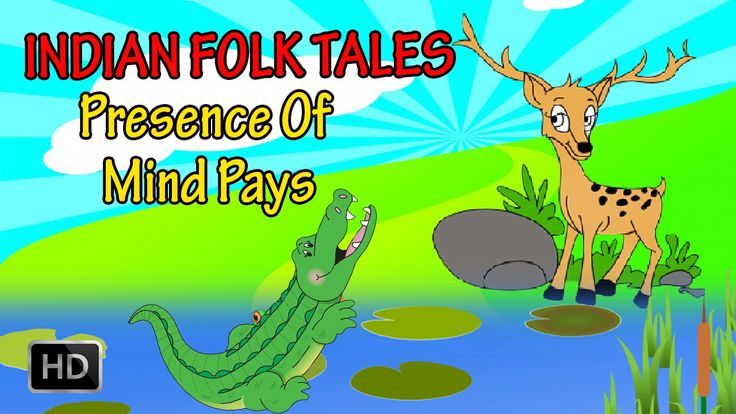 Author: Anonymous |
1.Momotaro or Little Peachling
Child-Life in Japan and Japanese Child Stories - This book features seven Japanese folktales.Author: Mrs. M. Chaplin Ayrton |
1.First Month
2.The Chrysanthemum Show
3.Fishsave
4.The Filial Girl
5.The Parsley Queen
6.The Two Daughters
7.Second Sight
Australian Folktales
Australian Legendary TalesFolk-lore of the Noongahburrahs as told to the Piccaninnies Features 31 Australian folktales Author: Mrs. |
1.Dinewan the emu, and Goomblegubbon the bustard
2.The Galah, and Oolah the lizard
3.Bahloo the moon and the daens
4.The origin of the Narran Lake
5.Gooloo the magpie, and the Wahroogah
6.The Weeoonibeens and the Piggiebillah
7.Bootoolgah the crane and Goonur the kangaroo rat, the fire makers
8.Weedah the mocking bird
9.The Gwineeboos the redbreasts
10.Meamei the seven sisters
11.The Cookooburrahs and the Goolahgool
12.The Mayamah
13.The Bunbundoolooeys
14.Oongnairwah and Guinarey
15. Narahdarn the bat
Narahdarn the bat
16.Mullyangah the morning star
17.Goomblegubbon, Beeargah, and Ouyan
18.Mooregoo the Mopoke, and Bahloo the moon
19.Ouyan the Curlew
20.Dinewan the emu, and Wahn the crows
21.Goolahwilleel the topknot pigeons
22.Goonur, the woman-doctor
23.Deereeree the wagtail, and the rainbow
24.Mooregoo the mopoke, and Mooninguggahgul the mosquito bird
25.Bougoodoogahdah the rain bird
26.The Borah of Byamee
27.Bunnyyarl the flies and Wurrunnunnah the bees
28.Deegeenboyah the soldier-bird
29.Mayrah, the wind that blows the winter away
30.Wayambeh the turtle
31.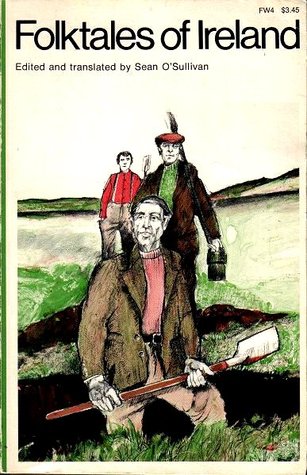 Wirreenun the rainmaker
Wirreenun the rainmaker
European folktales
1. The two brothers and the white-bearded old man
2. The nightingale
3. The wonderful hair
4. Prince Kindhearted
5. "It is quite true!"
6. Brabo and the giant
7. The tale of the pointer tray
8. The tale of the snow and the steeple
9. The toy-goose
10. The Cat and the Cock
Notes: Contains 14 folktales of the Slavic people.
Author: Parker Fillmore
Published: 1921
Publisher: Harcourt, Brace And Company, USA
1.The Laughing Prince - The Story of the Boy Who Could Talk Nonsense
2.Beauty and the Horns - The Story of an Enchanted Maiden
3. The Pigeon's Bride - The Story of a Princess Who Kissed and Told
The Pigeon's Bride - The Story of a Princess Who Kissed and Told
4.The Little Lame Fox - The Story of the Youngest Brother Who Found the Magic Grape-Vine and Married the Golden Maiden
5.The Enchanted Peafowl - The Story of the Golden Apples, the Wicked Dragon, and the Magic Horse
6.The Dragon's Strength - The Story of the Youngest Prince Who Killed the Sparrow
7.The Little Singing Frog - The Story of a Girl Whose Parents were Ashamed of Her
8.The Nightingale in the Mosque - The Story of the Sultan's Youngest Son and the Princess Flower o' the World
9.The Girl in the Chest - The Story of the Third Sister Who was Brave and Good
10.The Wonderful Hair - The Story of a Poor Man Who Dreamed of an Angel
11.The Best Wish - The Story of Three Brothers and an Angel
12.The Vilas' Spring - The Story of the Brother Who Knew that Good was Stronger than Evil
13.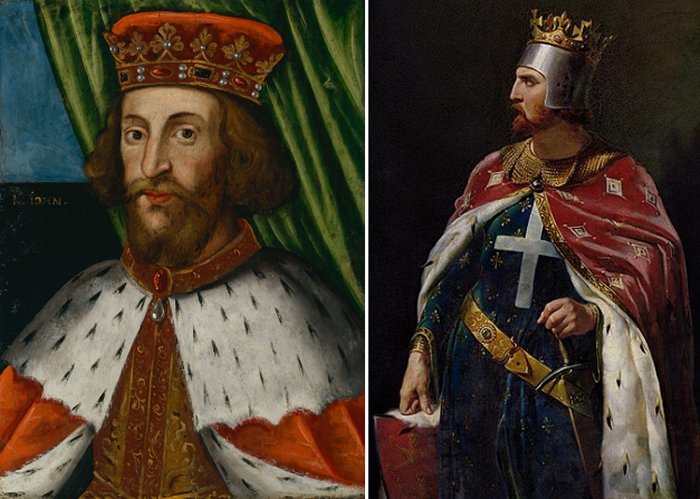 Lord and Master - The Story of the Man Who Understood the Language of the Animals
Lord and Master - The Story of the Man Who Understood the Language of the Animals
14.The Silver Tracks - The Story of the Poor Man Who Befriended a Beggar
Old French fairy tales
Notes: The book contains 5 long French folktales. Each story has several chapters.
Author: Comtesse de Ségur
Published: 1920
Publisher: The Penn Publishing Company, Philadelphia
I. Blondine, Bonne-Biche, Beau-Minon
1.Blondine
2.Blondine Lost
3.The Forest of Lilacs
4.Blondine's Awakening—Beau-Minon
5.Bonne-Biche
6.Blondine's Second Awakening
7.The Parrot
8.Repentance
9.The Tortoise
10.The Journey and Arrival
II.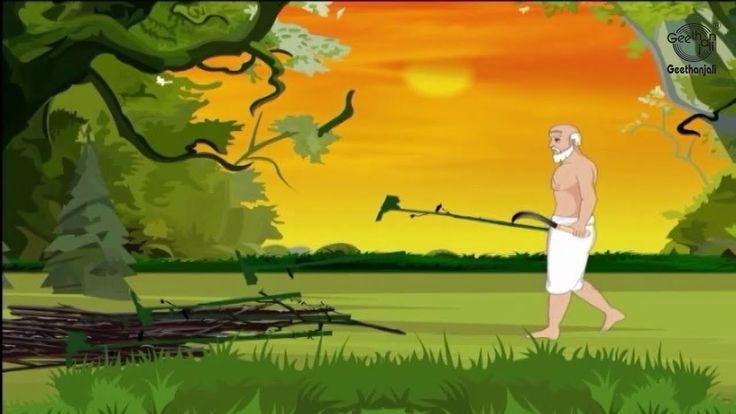 Gool little Henry
Gool little Henry
1.The Poor Sick Mother
2.The Crow, the Cock, and the Frog
3.The Harvest
4.The Vintage
5.The Chase
6.The Fishing
7.The Plant of Life
III. Princess Rosette
1.The Farm
2.Rosette at the Court of the King Her Father
3.Family Council
4.Second Day of the Festival
5.Third and Last Day of the Festival
IV. The little grey mouse
1.The Little House
2.The Fairy Detestable
3.The Prince Gracious
4.The Tree in the Rotunda
5.The Casket
V. Ourson
1.The Lark and the Toad
2. Birth and Infancy of Ourson
Birth and Infancy of Ourson
3.Violette
4.The Dream
5.The Toad Again
6.Violette's Sacrifice
7.The Wild Boar
8.The Conration
9.The Well
10.The Farm—The Castle—The Forge
11.The Sacrifice
12.The Combat
13.The Recompense
Notes: Contains 20 folktales of the Slavic people. Originally published in french.
Author: Alexander Chodsko
Translator: Emily J. Harding
Published: 1896
Publisher: George Allen, London
The Russian Garland - Being Russian Folk Tales
Notes: Contains 17 Russian folktales, gathered form various Russian booklets.
Author: Various
Editor: Robert Steele
Published: 1916(US)
Publisher: A. M. Philpot, Limited, London; Robert M. McBride, NY
M. Philpot, Limited, London; Robert M. McBride, NY
0 .Preface
1.Story of Lyubim Tsarevich and the Winged Wolf
2.Story of the most wonderful and noble Self-Playing Harp
3.The Seven Brothers Simeon
4.Story of Ivan, the Peasant's Son
5.Story of the Golden Mountain
6.Iliya of Murom and the Robber Nightingale
7.The Renowned Hero, Bova Korolevich and the Princess Drushnevna
8.The Mild Man and his Cantankerous Wife
9.Story of the Duck with Golden Eggs
10.Story of Bulat the Brave Companion
11.Story of Prince Malandrach and the Princess Salikalla
12.Story of a Shoemaker and his Servant Prituitshkin
13.Emelyan, the Fool
14.The Judgment of Shemyaka
15.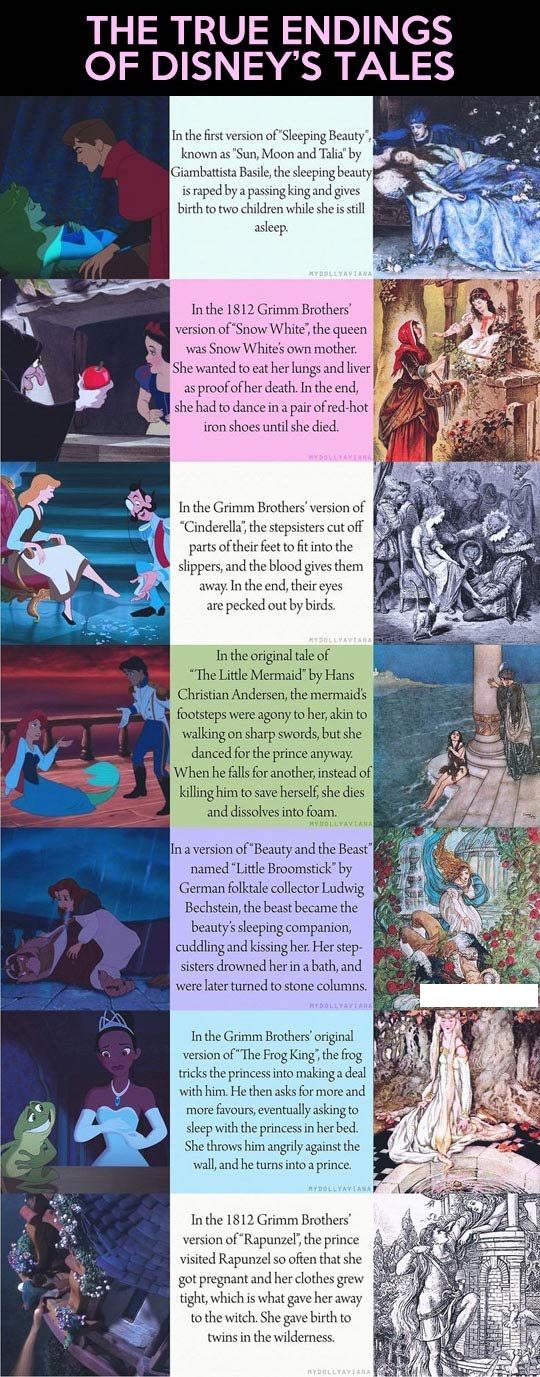 Story of Prince Peter with the Golden Keys, and the Princess Magilene
Story of Prince Peter with the Golden Keys, and the Princess Magilene
16.Sila Tsarevich and Ivashka with the White Smock
17.Story of the Knight Yaroslav Lasarevich and the Princess Anastasia
Celtic Fairy Tales
Notes: Contains 26 folktales of the Celtic people.
Author: Joseph Jacobs
Published: 1892
Publisher: G. P. Putnam's Sons, New York, London
0.Preface
1.Connla and the fairy maiden
2.Guleesh
3.The field of Bolianus
4.The horned women
5.Conal Yellowclaw
6.Hudden and Dudden and Donald O'Neary
7.The Shepherd of Myddvai
8.The sprightly tailor
9.The story of Deirdre
10. Munachar and Manachar
Munachar and Manachar
11.Gold-tree and Silver-tree
12.King O'Toole and his goose
13.The wooing of Olwen
14.Jack and his comrades
15.The Shee an Gannon and the Gruagach Gaire
16.The story-teller at fault
17.The sea-maiden
18.A legend of Knockmany
19.Fair, Brown, and Trembling
20.Jack and his master
21.Beth Gellert
22.The tale of Ivan
23.Andrew Coffey
24.The battle of the birds
25.Brewery of eggshells
26.The lad with the goat-skin
Notes: This book holds 24 Welsh folktales. The last six are not from welsh sources.
Editor: P. H. Emerson
Published: 1894
Publisher: D.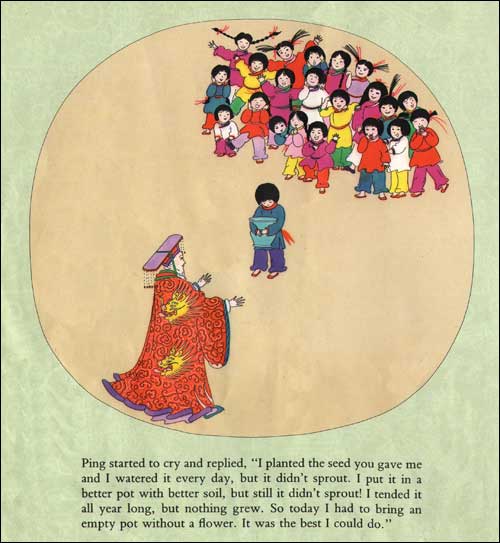 Nutt, London
Nutt, London
Tales from the Lands of Nuts and GrapesSpanish and Portuguese Folklore Notes: The book contains 21 folktales from Spain and Portugal. Author: Charles Sellers |
0.Preface
1.The Ingenious Student
2.The Ugly Princess
3.The Wolf-Child
4.The Magic Mirror
5.The Black Slave
6.A Legend of St. Bartholomew
7.The White Cat of Ecija
8.The Church Auctioneer and Clown of Villar
9.The Wise King of Leon
10.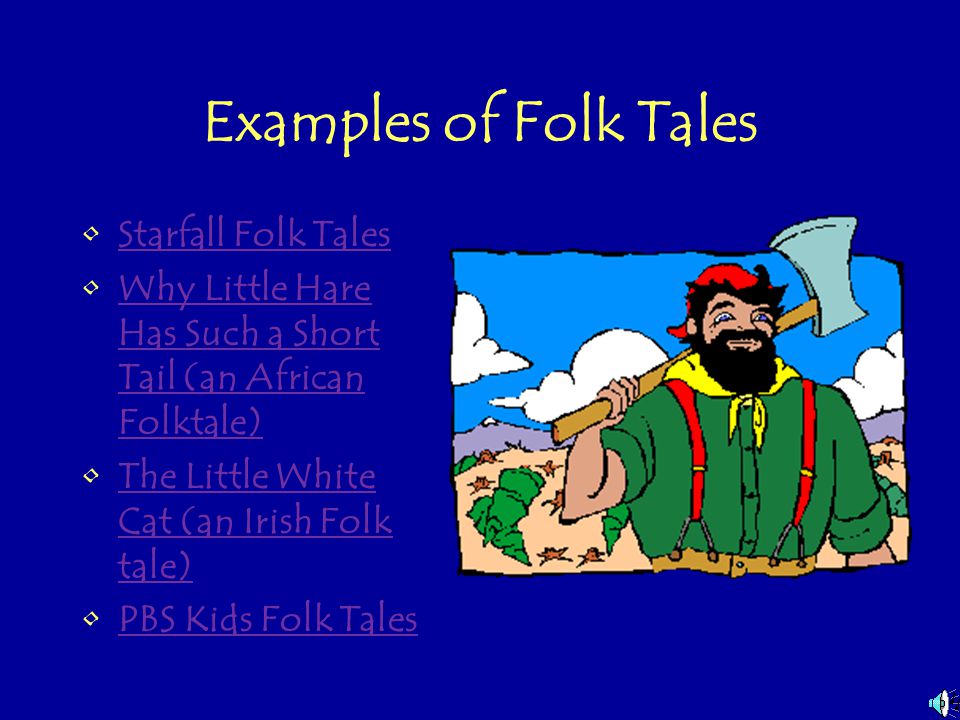 The Cobbler of Burgos
The Cobbler of Burgos
11.Barbara, the Grazier's Wife
12.The Watchful Servant
13.Silver Bells
14.King Robin
15.The Wicked King
16.The Palace of the Enchanted Moors
17.The Seven Pigeons
18.Lady Clare
19.Good St. James, and the Merry Barber of Compostella
20.Elvira, the Sainted Princess
21.The Enchanted Mule
Notes: Contains 43 English folktales.
Author: Joseph Jacobs
Published: 1892
Publisher: G. P. Putnam's Sons, New York, London
0.Preface
1.Tom Tit Tot
2.The three sillies
3.The Rose-tree
4.The old woman and her pig
5.How Jack went to seek his fortune
6.Mr. Vinegar
7.Nix Nought Nothing
8.Jack Hannaford
9.Binnorie
10.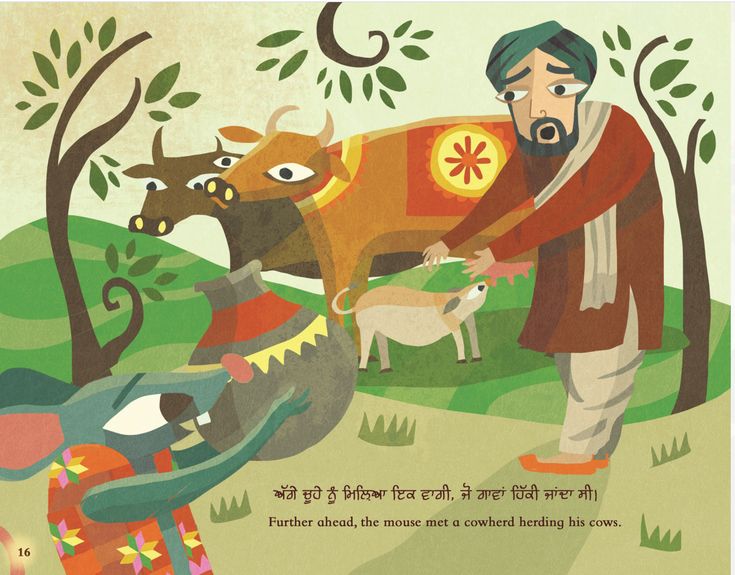 Mouse and Mouser
Mouse and Mouser
11.Cap-o-rushes
12.Teeny-Tiny
13.Jack and the beanstalk
14.The story of the three little pigs
15.The master and his pupil
16.Titty Mouse and Tatty Mouse
17.Jack and his golden snuff-box
18.The story of the three bears
19.Jack the giant-killer
20.Henny-Penny
21.Childe Rowand
22.Molly Whoppie
23.The red Ettin
24.The golden arm
25.The history of Tom Thumb
26.Mr Fox
27.Lazy Jack
28.Johnny-Cake
29.Earl Mar's daughter
30.Mr. Miacca
31.Whittington and his cat
32.The strange visitor
33.The laidly worm of Spindleston Heugh
34.The cat and the mouse
35.The fish and the ring
36.The magpie's nest
37.Kate Crackernuts
38.The Cauld Lad of Hilton
39.The ass, the table and the stick
40.Fairy onitment
41.The well of the world's end
42.Master of all masters
43.The three heads of the well
Notes: Contains 21 Dutch folktales.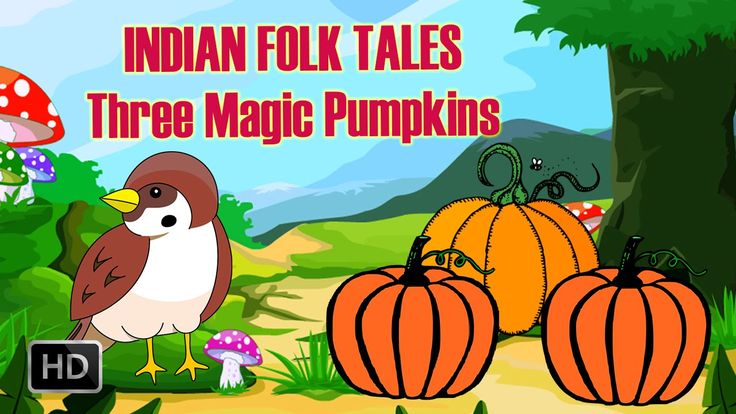
Author: William Elliot Griffis
Published: 1918
Publisher: Thomas Y. Crowell Company, New York
1.The entangled mermaid
2.The boy who wanted more cheese
3.The princess with twenty petticoats
4.The cat and the cradle
5.Prince Spin Head and Miss Snow White
6.The boar with the golden bristles
7.The ice king and his wonderful grandchild
8.The elves and their antics
9.The kabouters and the bells
10.The woman with three hundred and sixty-six children
11.The Oni on his travels
12.The legend of the wooden shoe
13.The curly-tailed lion
14.Brabo and the giant
15.The farm that ran away and came back
16.Santa Klaas and Black Pete
17.The goblins turned to stone
18.The mouldy Penny
19.The golden helmet
20.When Wheat Worked Woe
21.Why the stork loves Holland
Notes: Contains 7 folktales of the Irish people.
Author: Edmond Leamy
Published: 1906
Publisher: M.A. Gill & Son. Ltd, Dublin
South American folktales
1.The Rabbit and The Coyote - Mayan folktale
2.The Rabbit Throws Out His Sandal - Mayan folktale
3.The Jaguar and the Little Skunk - Mayan folktale
4.The Disobedient Son - Mayan folktale
Fairy tales from Brazil Author: Elsie Spicer Eells |
1.How Night Came
2. How the Rabbit Lost His Tail
3.How the Toad Got His Bruises
4.How the Tiger Got His Stripes
5.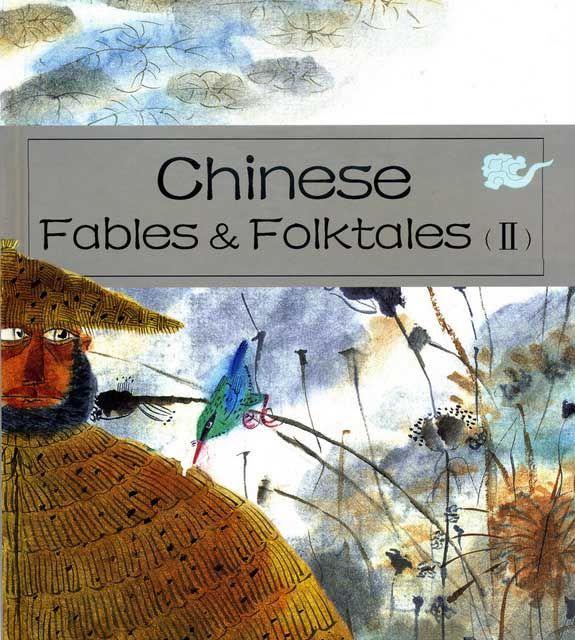 Why the Lamb Is Meek
Why the Lamb Is Meek
6.Why the Tiger and the Stag Fear Each Other
7.How the Speckled Hen Got Her Speckles
8.How the Monkey Became a Trickster
9.How the Monkey and the Goat Earned Their Reputations
10.How the Monkey Got a Drink When He Was Thirsty
11.How the Monkey Got Food When He Was Hungry
12.Why the Bananas Belong to the Monkey
13.How the Monkey Escaped Being Eaten
14.Why the Monkey Still Has a Tail
15.How Black Became White
16.How the Pigeon Became a Tame Bird
17.Why the Sea Moans
18.How the Brazilian Beetles Got Their Gorgeous Coats
Tales of Giants from Brazil Author: Elsie Spicer Eells |
1.The Princess of the Springs
2.The Fountain of Giant Land
3.The Boy and the Violin
4.The Most Beautiful Princess
5.The Little Sister of the Giants
6.The Forest Lad and the Wicked Giant
7.How the Giantess Guimara Became Small
8.The Adventures of a Fishermans Son
9.The Beast Slayer
10.The Quest of Cleverness
11.The Giants Pupil
12.Domingos Cat
North American folktales
1. The origin of fire
2. The man who acted as the Sun
3. Climbing the Mountain
4. Buffalo Woman
5. How the Terrapin beat the Rabbit
6. How the Turkey got his beard
7.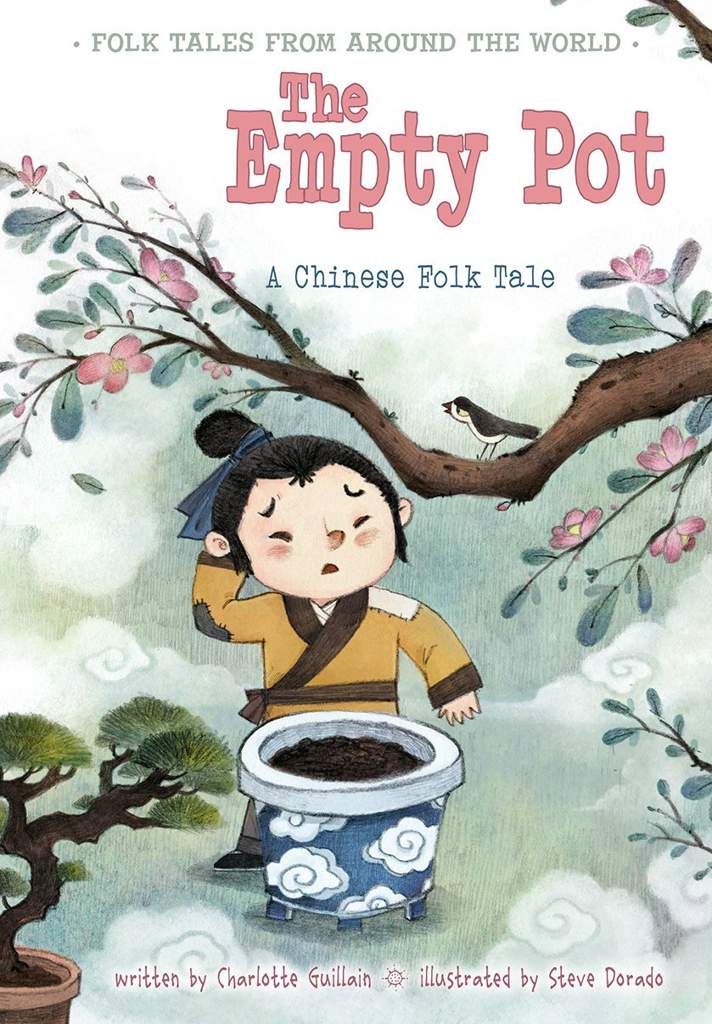 Coyote spills the stars
Coyote spills the stars
8. A Great Flood
9. How people learned to fish
10. The Kind Hawk
The Indian Fairy BookFrom the Original Legends Contains 26 Native American folktales Author: Cornelius Mathews |
1. The Celestial Sisters
2. The Boy who Set a Snare for the Sun
3. Strong Desire and the Red Sorcerer
4. The Wonderful Exploits of Grasshopper
5. The Two Jeebi
6. Osseo, the Son of the Evening Star
7. Gray Eagle and his Five Brothers
8. The Toad-Woman
9. The Origin of the Robin
10. White Feather and the Six Giants
11. Sheem, the Forsaken Boy
12. The Magic Bundle
13. The Red Swan
14. The Man with his Leg Tied Up
15. The Little Spirit or Boy-Man
The Little Spirit or Boy-Man
16. The Enchanted Moccasins
17. He of the Little Shell
18. Manabozho, the Mischief-Maker
19. Leelinau, the Lost Daughte
20. The Winter Spirit and his Visitor
21. The Fire-Plume
22. Weendigoes and the Bone-Dwarf
23. The Bird Lover
24. Bokwewa the Humpback
25. The Crane that Crossed the River
26. Wunzh, the Father of Indian Corn
Myths And Legends Of Our Own LandThe Hudson And Its Hills Contains 45 US folktales Author: Charles M. Skinner |
0. Preface
1. Rip Van Winkle
2. Catskill Gnomes
3. The Catskill Witch
4. The Revenge of Shandaken
5. Condemned to the Noose
6. Big Indian
7. The Baker's Dozen
8. The Devil's Dance-Chamber
9. The Culprit Fay
10.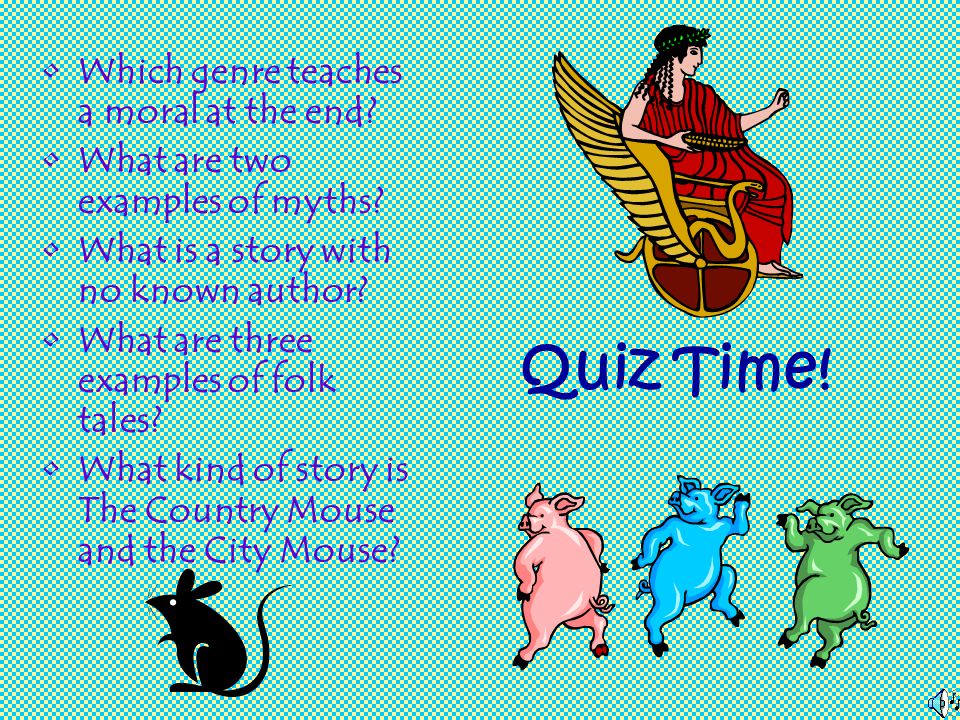 Pokepsie
Pokepsie
11. Dunderberg
12. Anthony's Nose
13. Moodua Creek
14. A Trapper's Ghastly Vengeance
15. The Vanderdecken of Tappan Zee
16. The Galloping Hessian
17. Storm Ship on the Hudson
18. Why Spuyten Duyvil is so Named
19. The Ramapo Salamander
20. Chief Croton
21. The Retreat from Mahopac
22. Niagara
23. The Deformed of Zoar
24. Horseheads
25. Kayuta and Waneta
26. The Drop Star
27. The Prophet of Palmyra
28. A Villain's Cremation
29. The Monster Mosquito
30. The Green Picture
31. The Nuns of Carthage
32. The Skull in the Wall
33. The Haunted Mill
34. Old Indian Face
35. The Division of the Saranacs
36. An Event in Indian Park
37. The Indian Plume
38. Birth of the Water-Lily
39. Rogers's Slide
40. The Falls at Cohoes
41. Francis Woolcott's Night-Riders
42. Polly's Lover
43. Crosby, the Patriot Spy
44. The Lost Grave of Paine
45. The Rising of Gouverneur Morris
| Contains 15 US folktales Author: Charles M. |
Folktale Stories With Moral Lessons for Kids
Last updated date: 03rd Jan 2023
•
Total views: 49.2k
•
Views today: 4.90k
The folk stories in English for kids are well-known stories that are often been told to kids through generations. These are stories that people tell each other verbally rather than in writing. Folk tales for kids tell about different parts of life. The folktale's stories may have sorrows, joys, heroes, magic, and villains. Different folk tales and stories teach different lessons to kids. Every region has different traditions and folktales. For example, you may find Indian Folktales, African Folktales, Spanish Folktales, Swedish Folktales, European Folktales, and more.
But have you ever tried listening to Indian folk tales? If not, we will here give you an overview of 5 Indian folktales with morals that are fascinating but also teach you different lessons.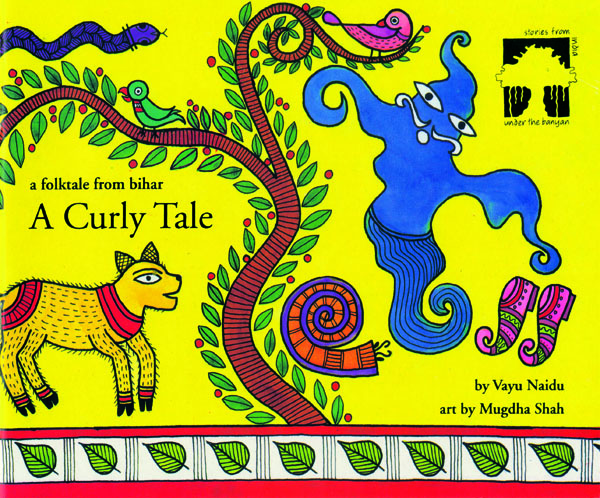 Let’s begin our folktales rides with a snippet of 5 fascinating and famous Indian folktale stories.
Let’s begin our folktales rides with a snippet of 5 fascinating and famous Indian folktale stories.
(image will be uploaded soon)
Folk Tales Meaning
The folk tales meaning: “Characteristically anonymous, timeless, and placeless tale passed orally among different people.”
Here is the list of very short folktales with morals for kids. Read these famous folktales stories with morals or kids, which they enjoy, and develop respect for certain characters described in the stories.
The Elephant’s Nose | God Provides |
How The Sun, Moon, Wind Went Out The Dinner | Banana Treat |
Oh God! | Lita And His Animals |
The Lucky Bird | The Cat’s Legs |
The Ell And The Coconut Tree | The Silver Well |
Top 5 Indian Folktales Stories With Moral Lessons
Read the 5 top Indian folk stories in English for your kids and teach them a valuable life lesson.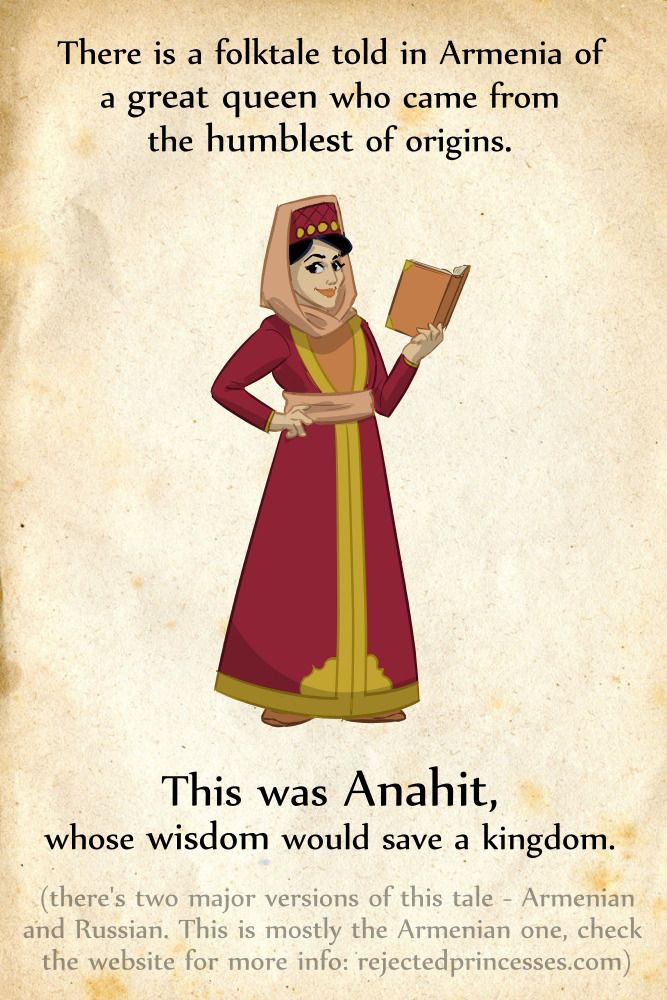
The Brahmarâkshas and the Hair
In a village there lived a landlord who could make Brahmarakhshas appear and work as a servant for him; however, the Brahmarakhshas should be given work all the time, or he would create chaos. The landlord assigned him many time-consuming and challenging tasks, which he performed in no time. The landlord didn’t find any work that could keep the Brahmarakhshas engaged and became anxious about how to get rid of him.
Then the landlord asked the Brahmarakhshas to straighten a piece of long curly hair. The Brahmarakhshas tried for days but couldn’t do it. He then put the hair in the fire to make it straight, however, it disappeared quickly with no trace. The Brahmarakhshas was horrified as he could not straighten the hair for his master, and he ran away.
Moral: This story supports a custom of nailing a handful of hair to a tree to drive the evil spirits away.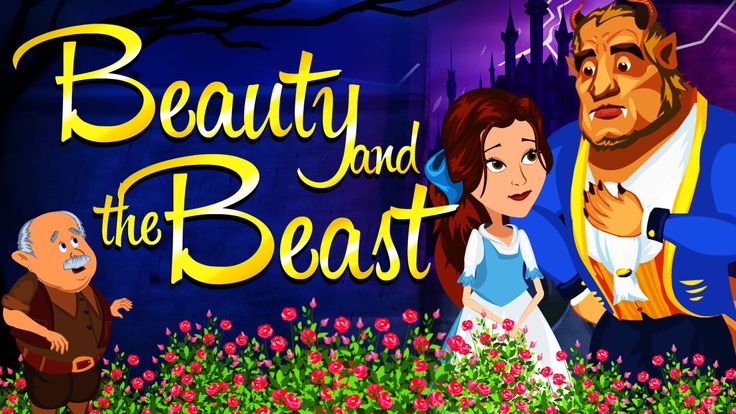
The Wedding of the Mouse
A hermit once saved the life of a mouse and turned her into a beautiful girl with his divine power. When the girl grew up to marriageable age, the hermit approached the mighty sun, the vast cloud, the brisk wind, and the tall mountain one by one to marry the girl, but the girl rejected all of them, citing various reasons.
Finally, the hermit approached a mouse as he had the strength to pierce through the mountain. When the girl heard this proposal, she agreed to marry the mouse. The hermit again turned the girl into the mouse and arranged the marriage.
Moral: The underlying message of this story is that it is hard to change the in-born characteristics of someone.
The Story of Akbar and Birbal
King Akbar once lost a ring and suspected that one of his courtiers stole the ring but could not identify and catch him. He asked Birbal to solve the case. Birbal said in the court that he knew who had stolen the ring. When the king asked him about the identity of that person, Birbal replied that the courtier with the straw in his beard was the one who had stolen the king’s ring. Immediately, the guilty courtier touched his beard to check for the straw. Birbal immediately pointed at him and caught him as the culprit.
He asked Birbal to solve the case. Birbal said in the court that he knew who had stolen the ring. When the king asked him about the identity of that person, Birbal replied that the courtier with the straw in his beard was the one who had stolen the king’s ring. Immediately, the guilty courtier touched his beard to check for the straw. Birbal immediately pointed at him and caught him as the culprit.
Moral: The story conveys that a guilty person always fears being caught.
Tenali Rama Story
The Rajguru of Vijayanagar court had a strong dislike towards lower caste people. He once told Tenali Rama, “If I look at these lower caste people, I will be born as a donkey in my next life.” Tenali Rama was deeply hurt by this discriminatory behaviour and decided to teach Rajguru a lesson.
One day, King Krishnadev led the royal procession and his courtiers through the streets.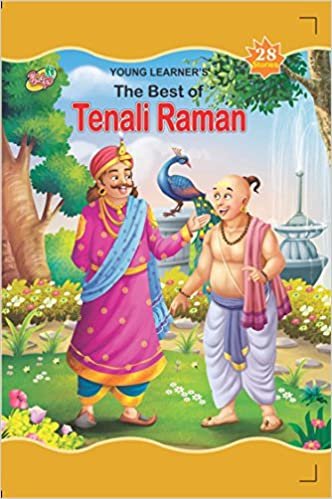 On the way, Tenali Rama saw a group of donkeys. He immediately started bowing before those donkeys. Krishnadev was surprised and asked Teanali Rama the reason behind this act. Tenali replied, “I am paying respect to the ancestors of Rajguru, who had mistakenly looked at people of lower castes.” Rajguru understood that Tenali Rama was trying to convey the message to him. Realizing his mistake, Rajguru stopped discriminating against lower caste people from that day.
On the way, Tenali Rama saw a group of donkeys. He immediately started bowing before those donkeys. Krishnadev was surprised and asked Teanali Rama the reason behind this act. Tenali replied, “I am paying respect to the ancestors of Rajguru, who had mistakenly looked at people of lower castes.” Rajguru understood that Tenali Rama was trying to convey the message to him. Realizing his mistake, Rajguru stopped discriminating against lower caste people from that day.
Moral: This tale conveys that it is wrong to discriminate against people based on their caste.
Vikram Betaal Story - Strange Decision
King Rajendra and Queen Prema had a beautiful daughter named Sona, who became proficient in bow and arrow and the sword. When she reached the marriageable age, the king wanted her to get married, but Sona decided to marry the person who would defeat her in bow and arrow and sword fighting. Many princes came to fight with her, but Sona defeated them, and they had to leave disappointed. A young man named Uday used to watch Sona fighting with others and gradually learned the techniques that Sona applied to defeat her opponents.
Many princes came to fight with her, but Sona defeated them, and they had to leave disappointed. A young man named Uday used to watch Sona fighting with others and gradually learned the techniques that Sona applied to defeat her opponents.
He came forward and defeated Sona conveniently. When the King asked Uday about his training, he said he had learned the skill and techniques by observing Sona. But Sona denied marrying this man, and Uday also accepted it. The Betal then asked king Bikram to answer why Sona did not marry Uday, although Uday defeated her. The king replied that Uday had learned the techniques and strategies from Sona, so Sona became a teacher to Uday. A teacher can’t marry a student as per the culture, and both accepted it.
Moral: The story leaves a beautiful message: if you learn anything from anyone, you should consider them as your Guru or teachers.
Conclusion
The folktales reflect the tradition and culture of a society as prevalent in different parts of the world.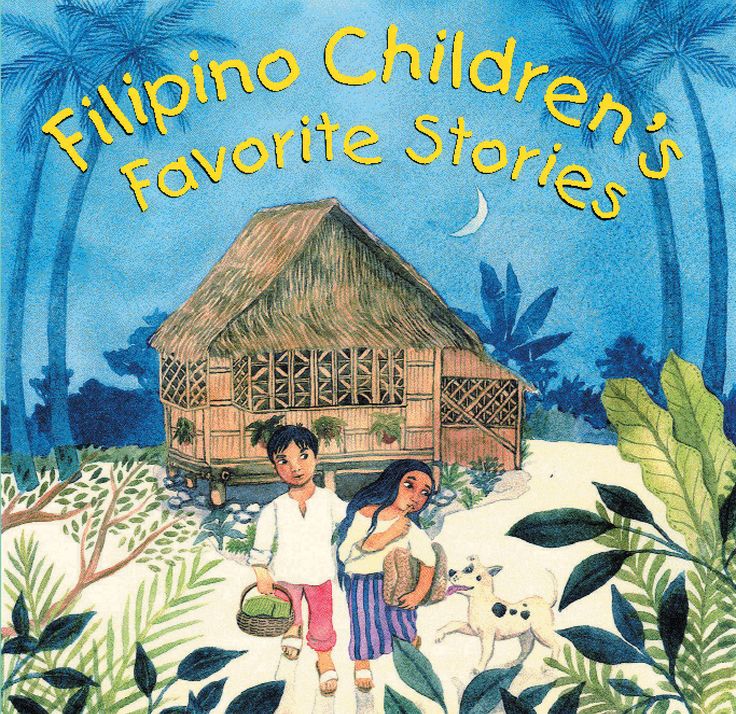 These stories are told through generations but have kept their form relevant even today. Children of all ages are very fond of these stories and try to apply the underlying messages in their practical lives, which significantly adds to society.
These stories are told through generations but have kept their form relevant even today. Children of all ages are very fond of these stories and try to apply the underlying messages in their practical lives, which significantly adds to society.
Want to read offline? download full PDF here
Download full PDF
From the Gray Wolf to the present day. A Brief History of the Russian Folk Tale
Baba Yaga, swan geese, a bear on a lime leg - Russian folk tales about these heroes have been passed from mouth to mouth for many centuries. Previously, this genre, which is now considered exclusively "roby" (children's), was completely different. "Mel" and the online encyclopedia of fairy tales "CHITALKIN" tried to understand the history of the Russian folk tale. It turned out to be a lot of surprises.
From a story to a fairy tale
Illustration by Ivan Bilibin The very word "fairy tale" in the meaning familiar to modern man began to be used relatively recently.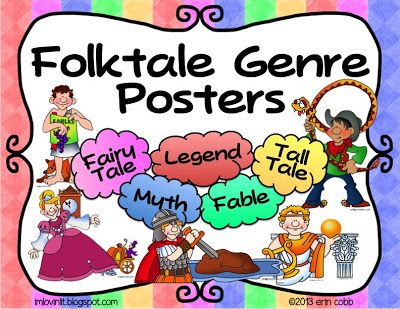 In one of the 17th century voivodship letters, the use of this term is recorded: it calls for condemning people who "tell unprecedented tales." Prior to this, the word "tale" usually meant a document of a legal nature (for example, revision tales contained lists of names of the population). And all sorts of oral stories, which include fairy tales, were called "tales" or "fables" (from "bait" - to speak, to say). nine0003
In one of the 17th century voivodship letters, the use of this term is recorded: it calls for condemning people who "tell unprecedented tales." Prior to this, the word "tale" usually meant a document of a legal nature (for example, revision tales contained lists of names of the population). And all sorts of oral stories, which include fairy tales, were called "tales" or "fables" (from "bait" - to speak, to say). nine0003
But there is a version that the words "fairy tale", "tale", "fable" as a designation for works of one genre have been known to people since ancient times. The first one was used more in colloquial speech, the other two - in bookish. In fairy tale texts, this is easy to notice by the stable formulations: “neither to say in a fairy tale, nor to describe with a pen”, “soon the fairy tale is told, but the deed is not done soon”.
It's hard to believe now, but the church didn't approve of fairy tales in the beginning. They were so popular among the people that the clergy saw this as a sin
Among the first storytellers were buffoons - their duty was to amuse the people. Some tsars (for example, Ivan the Terrible, Vasily Shuisky, Alexei Mikhailovich and others) kept people at their court who performed fairy tales when the tsar went to bed.
Some tsars (for example, Ivan the Terrible, Vasily Shuisky, Alexei Mikhailovich and others) kept people at their court who performed fairy tales when the tsar went to bed.
Later, almost every wealthy landowner or nobleman always had a special person who knew and told fairy tales. This fact, by the way, is also noticeable in popular fairy tale texts. For example, in a fairy tale about two thieves who stole a fur coat and could not share it. One of them makes his way to the sleeping master at night and, replacing the storyteller sitting in the room, tells about what happened in the form of a fairy tale, and the sleepy master determines who should get the fur coat. nine0003
What is the difference between male and female fairy tales
Illustration by Ivan Bilibin For a long time, the fairy tale genre was popular only among men. This was largely due to their work: men's crafts (fishing, hunting, logging, and others) were invariably accompanied by the performance of fairy tales during both work and leisure.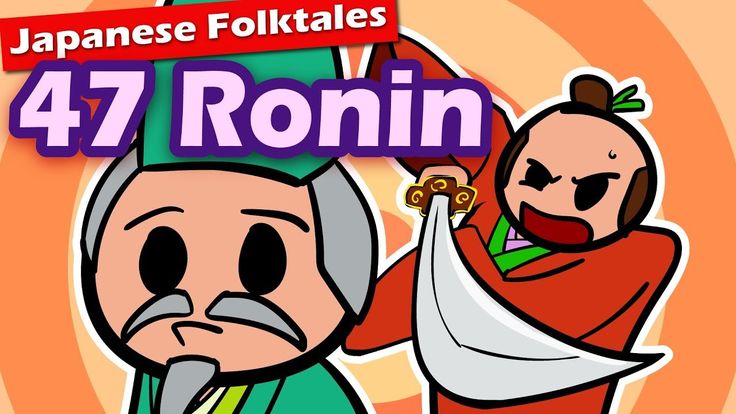
Many representatives of other male professions (soldiers, millers, shoemakers, coachmen, shepherds, carpenters, stove-makers, merchants) also composed and told fairy tales. It spread quickly and simply, because because of their work, the storytellers moved around the country a lot. Men told both "long" tales about the wonderful adventures of various heroes, and short humorous stories, sometimes with erotic content. nine0003
Surprisingly, women told stories much less frequently than men. This usually happened during conversational gatherings where the girls did needlework. Sometimes it was also associated with women's professions: for example, nannies read fairy tales to entertain or teach a child something.
Three types of fairy tales: about animals, fairy tales and everyday life
Illustration by Ivan Bilibin A fairy tale usually "tells", and this implies that it must have a reader and a listener. At the same time, fairy tales can be called works that are completely different in form, content, composition and volume. The most important thing that unites all fairy tales is that they tell about something fictional, unreal. nine0003
The most important thing that unites all fairy tales is that they tell about something fictional, unreal. nine0003
Until now, there is no single classification of fairy tales. Most often, three main groups are distinguished: fairy tales about animals, fairy tales and household tales. In fairy tales about animals, as you can guess from the name, animals, birds, fish, sometimes plants and objects become characters. These texts are comical, since all the characters in them resemble people.
Fairy tales in the Russian folklore tradition are given a more significant place. They are distinguished by their original compositional structure, the adventure nature of the plots, a special set of characters and wonderful helper items. nine0003
Everyday fairy tales are about ordinary people. Their heroes are fools and lazybones, thieves, robbers, cunning
Fairy tales well reflect the ancient man's ideas about the world. For example, the belief that everything in nature is endowed with vitality.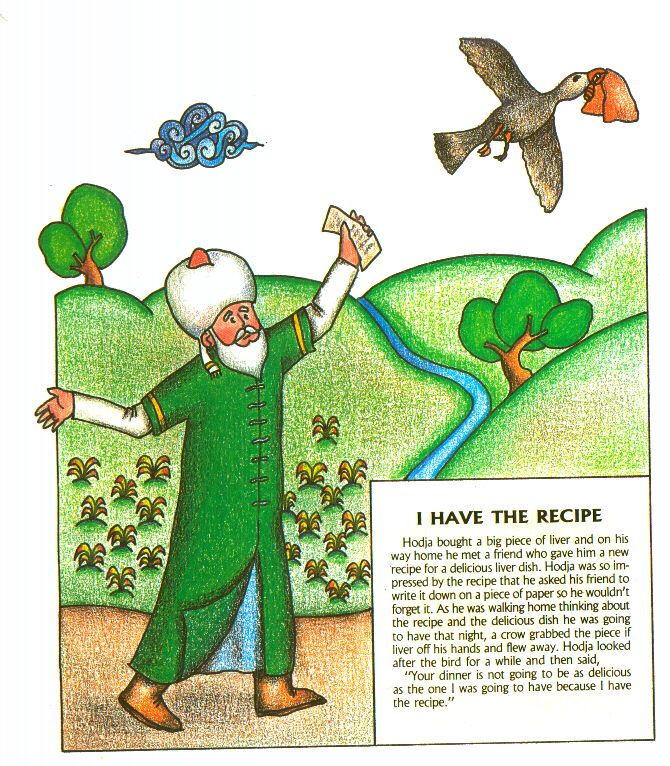 That is why animals, plants and objects in them are animated: they speak and often behave like people. In fairy tales, a person can marry an animal, have children with him, change his human form into an animal one, and vice versa. For example, the younger prince marries a frog, which, throwing off its skin, turns into a beauty; a brother who drinks water becomes a kid; Ivan - the bear's ear turns out to be the son of a bear and a girl kidnapped by him. nine0003
That is why animals, plants and objects in them are animated: they speak and often behave like people. In fairy tales, a person can marry an animal, have children with him, change his human form into an animal one, and vice versa. For example, the younger prince marries a frog, which, throwing off its skin, turns into a beauty; a brother who drinks water becomes a kid; Ivan - the bear's ear turns out to be the son of a bear and a girl kidnapped by him. nine0003
Why folk tales are most often cruel
Illustration by Ivan BilibinFantastic images, the journey of heroes to another world, are associated with the rite of transition from one age category to another, important for archaic society, called initiation (initiation). The rite consisted in isolating the examinees in a forest hut and forcing them to undergo various, sometimes very cruel tests, wrote the famous folklorist Vladimir Propp.
Initiation involved a symbolic temporary death and rebirth in a new capacity. Texts now considered fairy tales once accompanied these initiation rites. Over time, they were lost, but the corresponding "terrible" stories remained. Therefore, in fairy tales, heroes can often be swallowed or cut into pieces. They also find themselves in the world of the dead and get outlandish things there. The prince, who received the firebird, is killed by his brothers, and his faithful assistant, the gray wolf, revives him. The witch tells her husband to cut off his sister's hands and drive her out of the house ("Handless"), the boys who got into Baba Yaga's hut, exchanged clothes with her daughters, miraculously escape: by mistake she eats her children. nine0003
Texts now considered fairy tales once accompanied these initiation rites. Over time, they were lost, but the corresponding "terrible" stories remained. Therefore, in fairy tales, heroes can often be swallowed or cut into pieces. They also find themselves in the world of the dead and get outlandish things there. The prince, who received the firebird, is killed by his brothers, and his faithful assistant, the gray wolf, revives him. The witch tells her husband to cut off his sister's hands and drive her out of the house ("Handless"), the boys who got into Baba Yaga's hut, exchanged clothes with her daughters, miraculously escape: by mistake she eats her children. nine0003
The same fairy tales are found among different peoples. They differ in their artistic features and specific national features.
The main characters of everyday life and fairy tales of the peoples of the North and Siberia are often reindeer herders and hunters, among the inhabitants of coastal territories a significant place is given to the sea and fishing.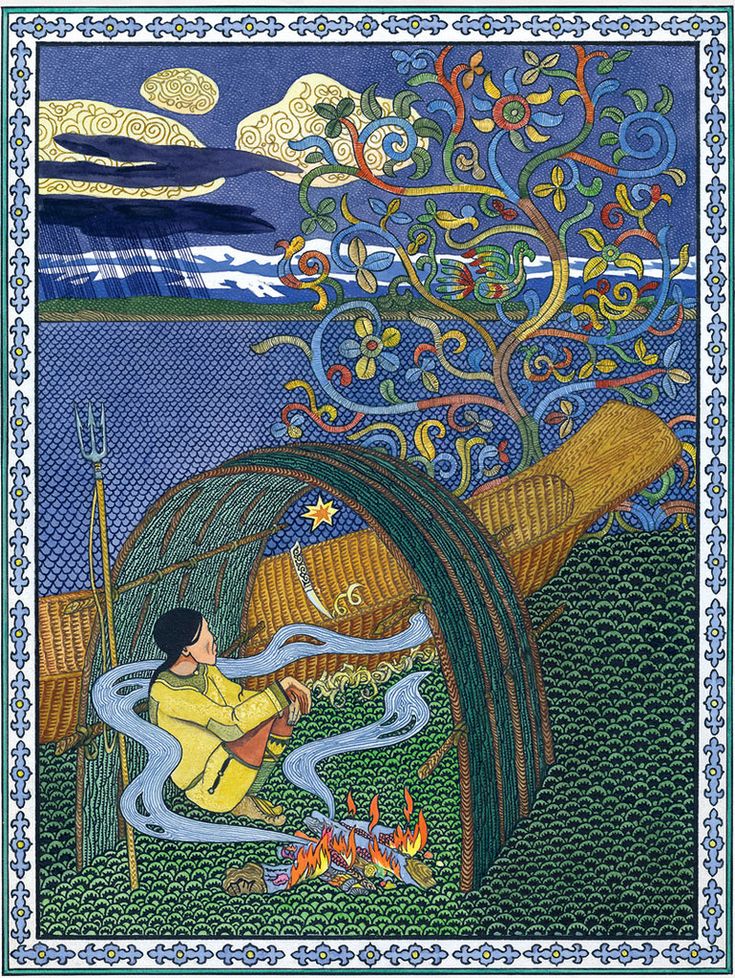 An even greater difference is felt in animal tales: in some texts, moose, seals, deer, wolverines appear, in others - foxes, bears, wolves, hares. Of course, much in common can be found in the fairy tales of neighboring peoples. nine0003
An even greater difference is felt in animal tales: in some texts, moose, seals, deer, wolverines appear, in others - foxes, bears, wolves, hares. Of course, much in common can be found in the fairy tales of neighboring peoples. nine0003
When fairy tales began to be written down and read to children
Illustration by Ivan BilibinThe first collections of Russian fairy tales appeared at the end of the 18th century. The texts in them have been greatly changed and are more reminiscent of intricate stories. Until now, the collection published by A. N. Afanasyev in the middle of the 19th century is considered the most complete collection of Russian folk tales. At that time, fairy tales sounded everywhere, but there is almost no information about the storytellers themselves in the book. But at the beginning of the 20th century, interest in the genre grew noticeably - then they began to be purposefully recorded in different regions. nine0003
Fairy-tale texts from the repertoire of nannies and grandmothers began to be published in anthologies and textbooks starting from the second half of the 19th century. They are considered childish. Among such publications with thousands of copies was the educational book "Native Word", prepared by K. D. Ushinsky in 1864 for children of preschool and primary school age. It was in it that the fairy tales that today we consider folk tales were first published. Many of them are built on a cumulative structure - on the repetition of episodes of the same type. The most famous examples are "Teremok", "Kolobok", "Turnip", "Golden Egg". These fairy tales are published in small children's books even today. nine0003
They are considered childish. Among such publications with thousands of copies was the educational book "Native Word", prepared by K. D. Ushinsky in 1864 for children of preschool and primary school age. It was in it that the fairy tales that today we consider folk tales were first published. Many of them are built on a cumulative structure - on the repetition of episodes of the same type. The most famous examples are "Teremok", "Kolobok", "Turnip", "Golden Egg". These fairy tales are published in small children's books even today. nine0003
Collections dedicated to the fairy tale tradition of a certain territory or the work of an individual, most talented performer of fairy tales have appeared. Starting from the second half of the 20th century, fairy tales were performed mainly by women, and they were focused only on a children's audience.
Russian folk tales in most cases the first reading for a child. Today, these are not only printed works, but also toy books, audio fairy tales. Finally, there are videos - cartoons based on fairy tales, and videos in which famous actors and presenters read works. nine0003
Finally, there are videos - cartoons based on fairy tales, and videos in which famous actors and presenters read works. nine0003
CHITALKIN is a unique video library created by the Little Cinema Foundation with the support of the Native Towns social investment program of Gazprom Neft. Here you will find classical and modern works read by actors, authors, musicians, as well as children themselves and their parents. All literature is recommended by teachers and psychologists and helps to instill in the child a taste for reading.
Baba Yaga and bird maidens. Ivan Bilibin, 1902
The history of the emergence of Russian folk tales
A fairy tale is an entertaining oral story that tells an incredible but instructive story.
Fairy tales are different. In some, the main characters are animals (sometimes they are opposed by a person). These are stories about animals.
In others, the main characters are people and fantastic creatures; animals here are more often than not the good helpers of the protagonist.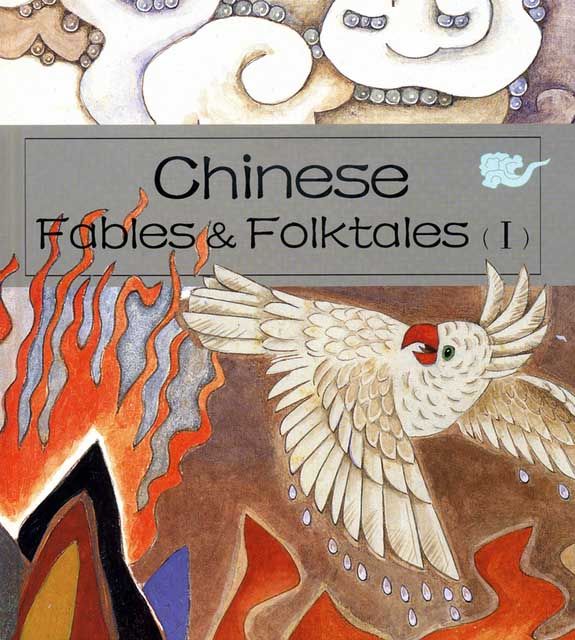 In these tales, we are talking about the amazing adventures of Ivan Tsarevich or Ivan the Fool, necessarily associated with magic. These are fairy tales. nine0069
In these tales, we are talking about the amazing adventures of Ivan Tsarevich or Ivan the Fool, necessarily associated with magic. These are fairy tales. nine0069
And, finally, there are fairy tales, the main characters of which are also people, but, unlike fairy tales, where the heroes win thanks to magic, in them the heroes become winners thanks to their intelligence, ingenuity, courage, cunning. These are social stories.
Speaking about the difference between fairy tales, it is interesting to pay attention to the origins of their fiction, fantasy. Why do animals in fairy tales talk like people, why does a dead father reward his youngest son with Sivka-Burka, why does a comb thrown back turn into a forest? These and many other questions will remain unanswered if we do not turn to that era in a person’s life when there were no fairy tales yet, but there were oral stories about a person’s faith in all kinds of miracles.
 nine0069
nine0069 Ancient man was far from a correct understanding of natural phenomena. The wind that uprooted trees, black clouds that poured streams of water on the ground, deafening thunder and blinding lightning that fell on a defenseless person, animals that lay in wait for him in dense forests and deep ravines - all this inspired fear in him, made him think about that in nature everything lives, moves, has its own mind. And man identified himself and nature. He believed that animals can talk among themselves, trees can move; he thought that the sun, moon, clouds, streams and rivers were living beings. And if so, then they could bring him both harm and benefit. Being powerless before nature, he began to worship seemingly living water, fire, the sun, trees, animals. Feeling himself a particle of nature, so formidable and omnipotent, he sought protection from her and sought to protect himself from her. nine0069
Ancient man also worshiped his dead ancestors. Death was inexplicable to him, a mystery.
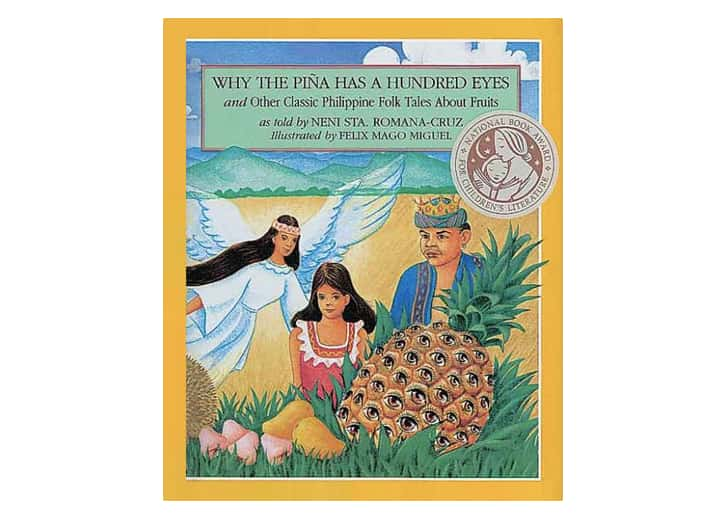 It was believed that a person does not die, but only moves (he or his soul) to another world. Therefore, a dead person, in the view of the ancients, is a living person, but possessing, due to the unusual nature of his condition, supernatural power. Thus arose the cult of ancestors, which demanded the worship of the dead.
It was believed that a person does not die, but only moves (he or his soul) to another world. Therefore, a dead person, in the view of the ancients, is a living person, but possessing, due to the unusual nature of his condition, supernatural power. Thus arose the cult of ancestors, which demanded the worship of the dead. Everything that has been said explains to us why animals talk in fairy tales, why in the fairy tale “Sivka-Burka” the dead father is talking to his youngest son. Scientists have also established that the Serpent, Gorynych in fairy tales is the personification of fire, the images of Baba Yaga and Koshchei the Immortal are associated with the cult of ancestors, etc. nine0002 But all this speaks only of the origins of the fantasy of fairy tales, their implausible content. It is impossible not to pay attention to the fact that fairy tales are not about a person's belief in the supernatural nature of objects and phenomena of nature, but, first of all, about the most urgent, vital real problems for a person.
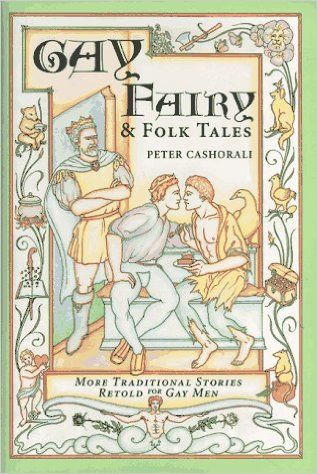 The formation of a person's faith in supernatural beings and natural phenomena was facilitated by other oral stories, which in their content had nothing to do with fairy tales. These stories taught to respect the beast, taught to treat it kindly, carefully, etc.
The formation of a person's faith in supernatural beings and natural phenomena was facilitated by other oral stories, which in their content had nothing to do with fairy tales. These stories taught to respect the beast, taught to treat it kindly, carefully, etc. In Russian folklore there is a fairy tale reminiscent of such ancient stories. It's called Bear on a Lime Foot. Scary tale! The old man, at the request of the old woman, cut off the bear's paw, and the bear takes revenge for this: he turns the old woman into a bear. Probably, in ancient times, our ancestors told young people such terrible stories for edification: this is what will happen to those who raise their hands against the beast worshiped by the clan, tribe! But time passed, man learned about nature, and the terrible became funny, before the terrible stories turned into heroic ones. The same story about a bear whose paw was cut off is recorded with a different ending: a bear that came to the village to avenge the evil done to it dies at the hands of an old man and an old woman .
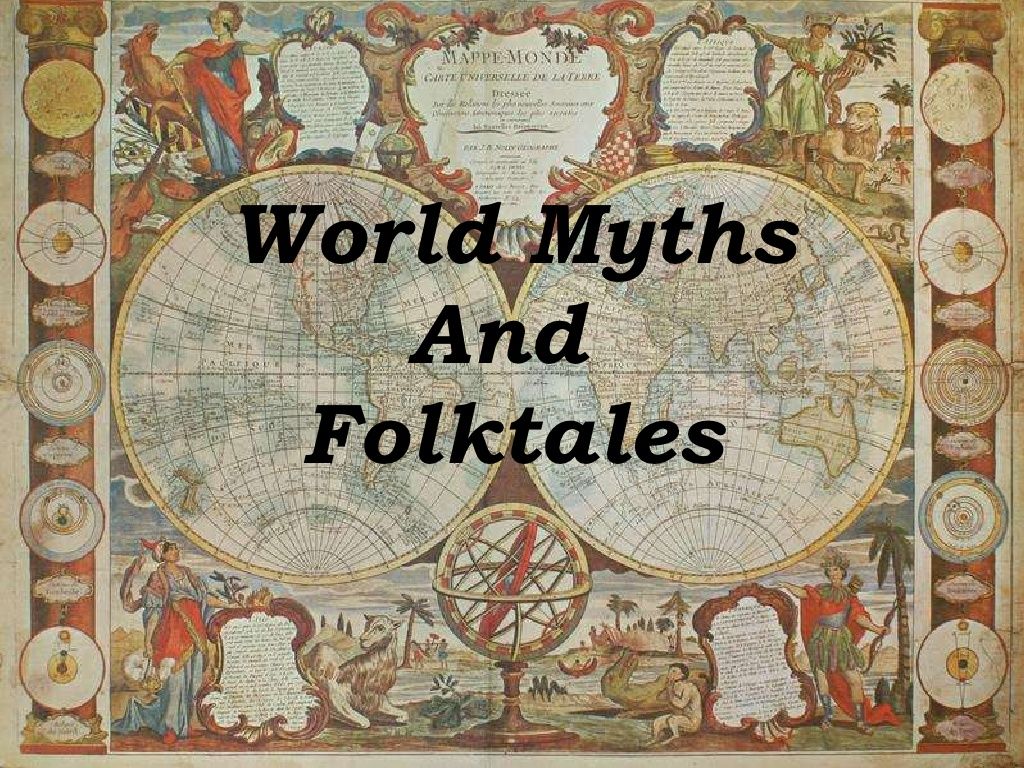 .. And many fairy tales show us the victory of man over animals. Read, for example, the fairy tales “Old bread and salt is forgotten” or “A man, a bear and a fox”, and you will be convinced of this. nine0069
.. And many fairy tales show us the victory of man over animals. Read, for example, the fairy tales “Old bread and salt is forgotten” or “A man, a bear and a fox”, and you will be convinced of this. nine0069 So, fantasy, the improbability of the events that are spoken of in fairy tales, appeared on the basis of ancient stories about the miraculous, supernatural, magical in nature. But the tales themselves are a later phenomenon. Using the fantasy stories of an ancient man, storytellers, in essence, spoke not about nature, not about the relationship of a person with it, but about a person's life in society, about himself. And if we take a closer look at the fairy tales, then without much effort we will recognize the signs of a very specific era. nine0069
Sources:
Kruglov Yu. G. Russian folk tales: Book. for self- reading. 4 - 6 cells. Comp., author of the preface, notes, dictionary Yu. G. Kruglov. - M .: Education, 1983. - 320 s, ill. - (School library).
Annotation: The collection contains one hundred of the most famous folk tales.
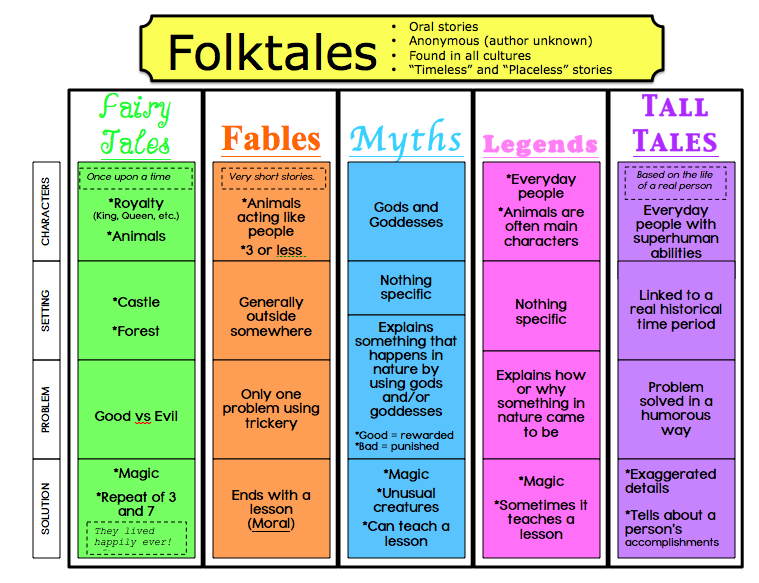

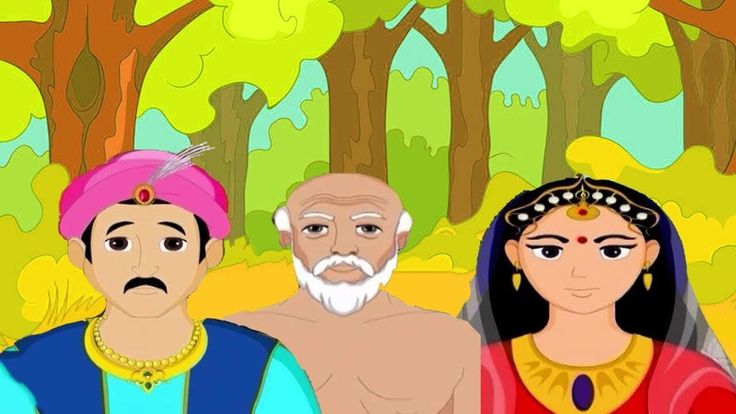 J. Macgowan, D.D.
J. Macgowan, D.D.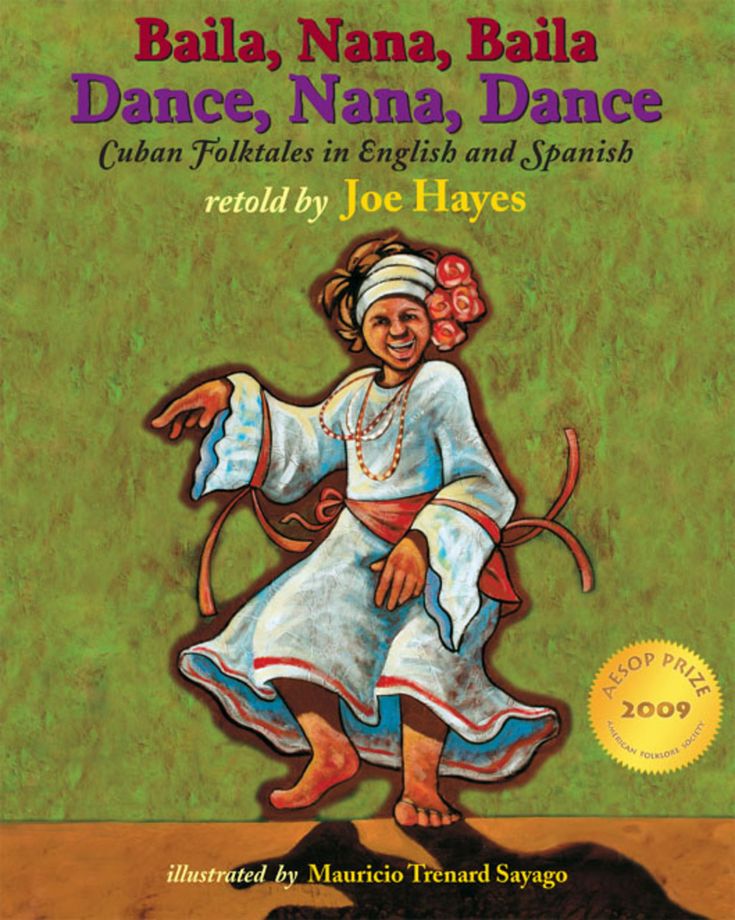 P. Dutton & Co., 681 Fifth Avenue, New York
P. Dutton & Co., 681 Fifth Avenue, New York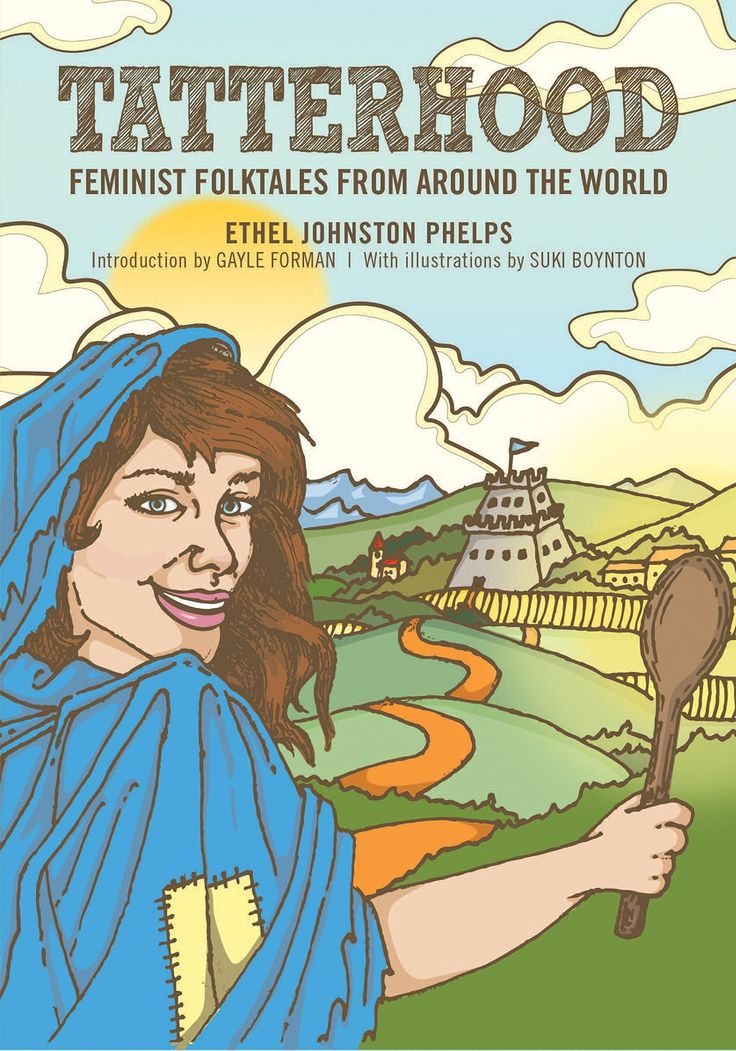 K. Langloh Parker
K. Langloh Parker 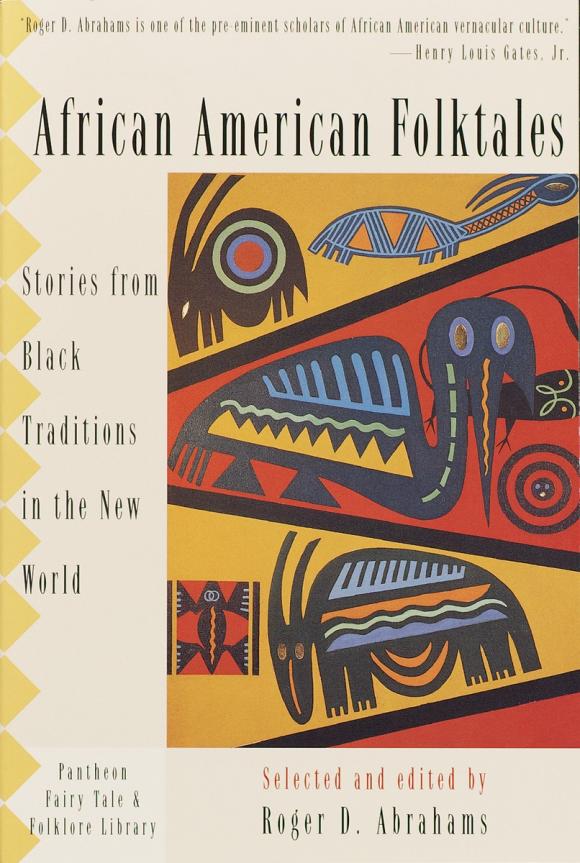 , New York
, New York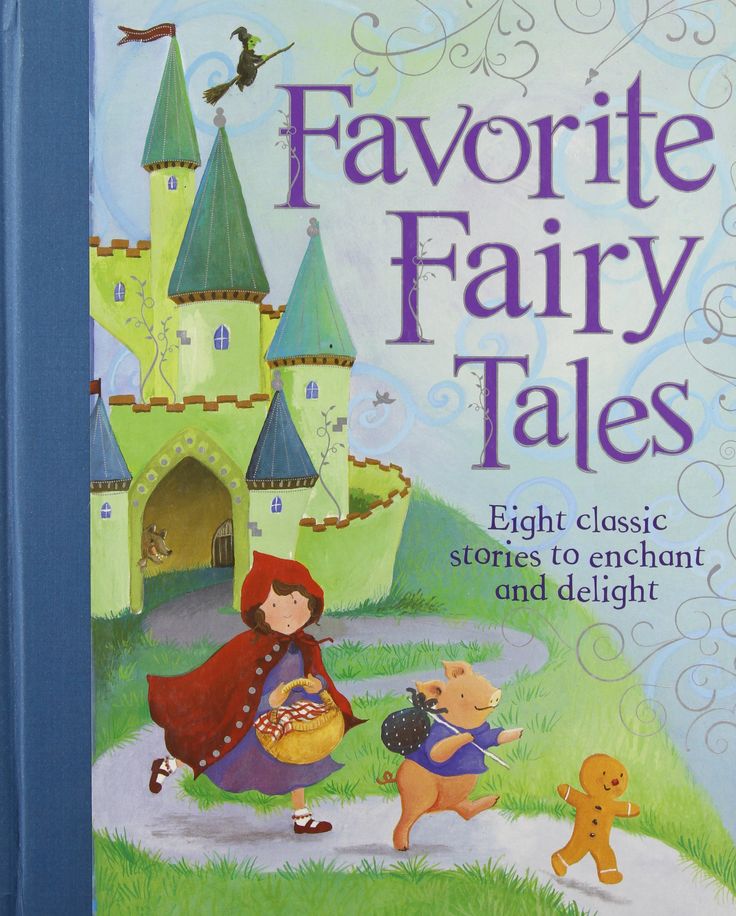 Skinner
Skinner